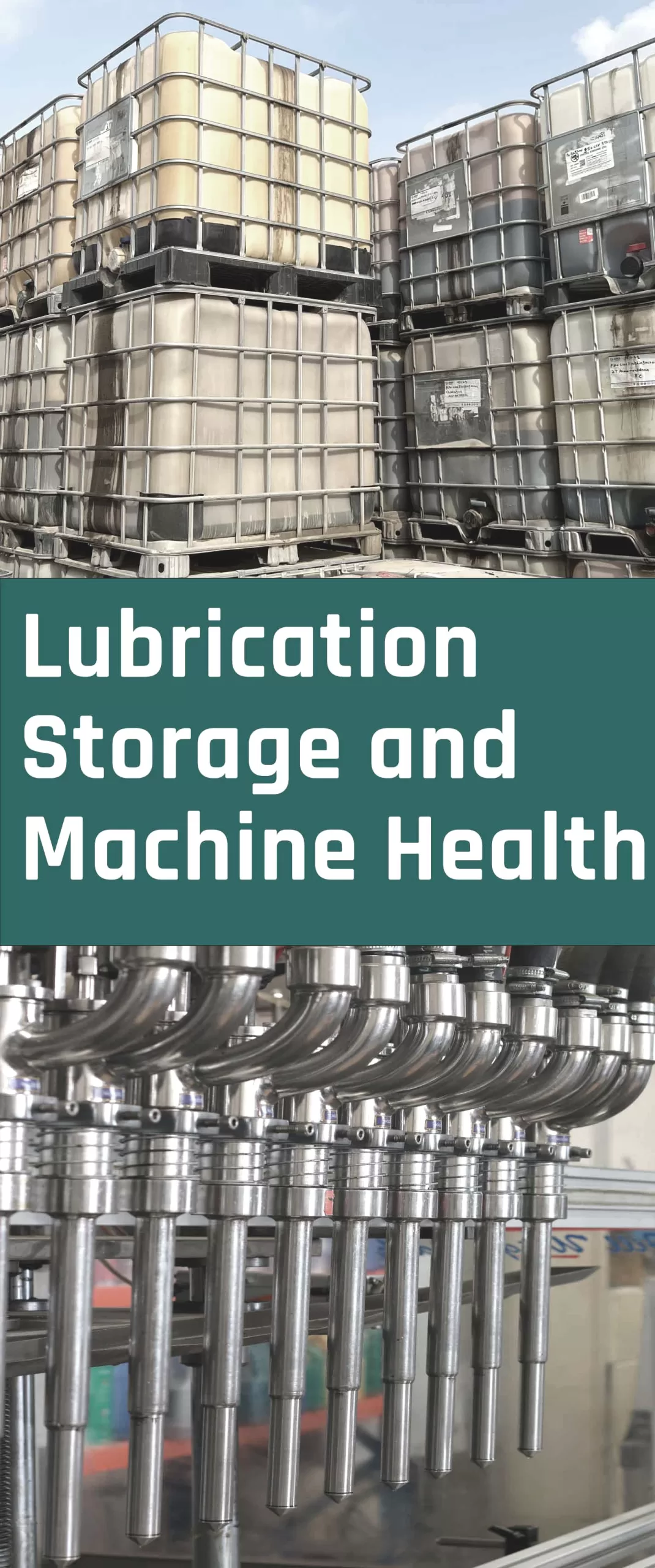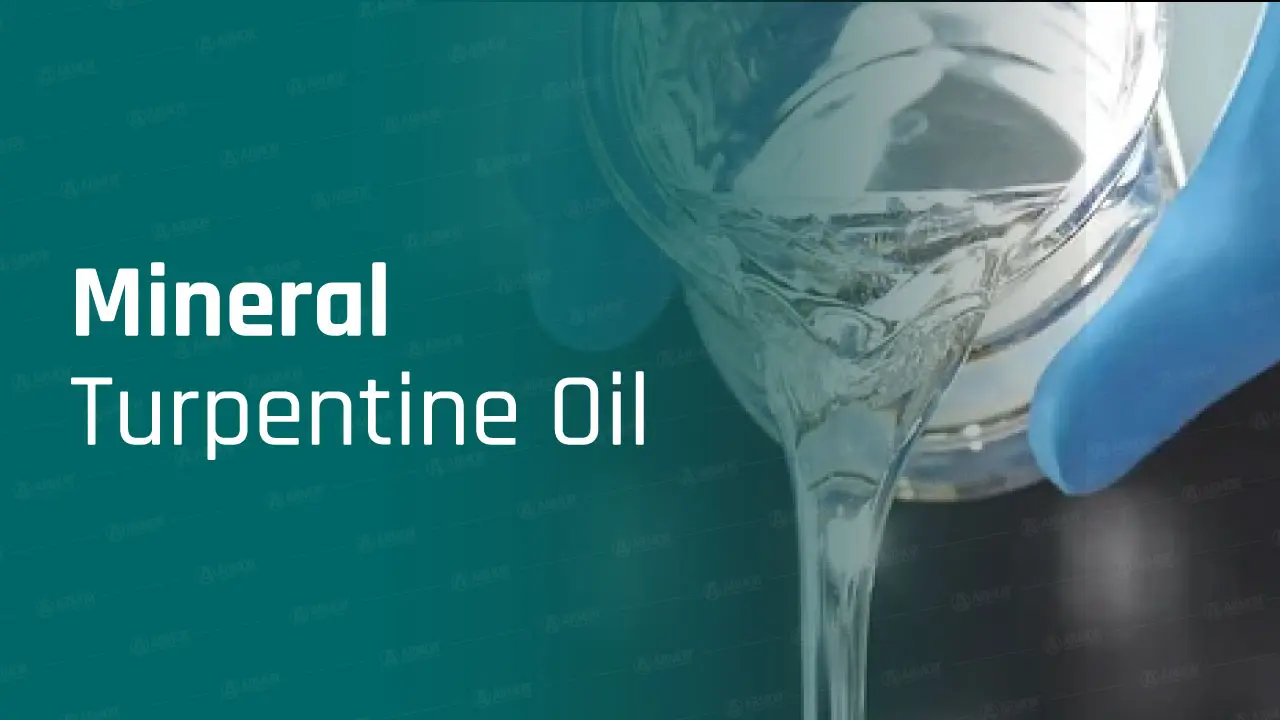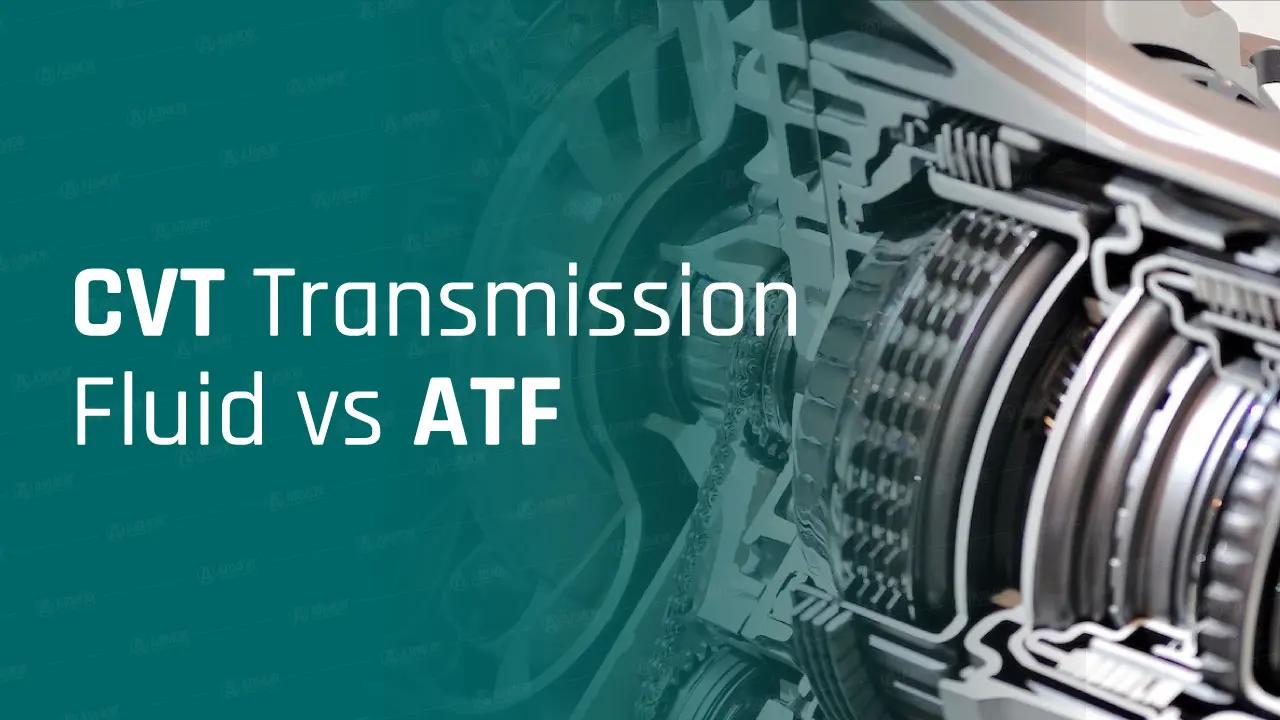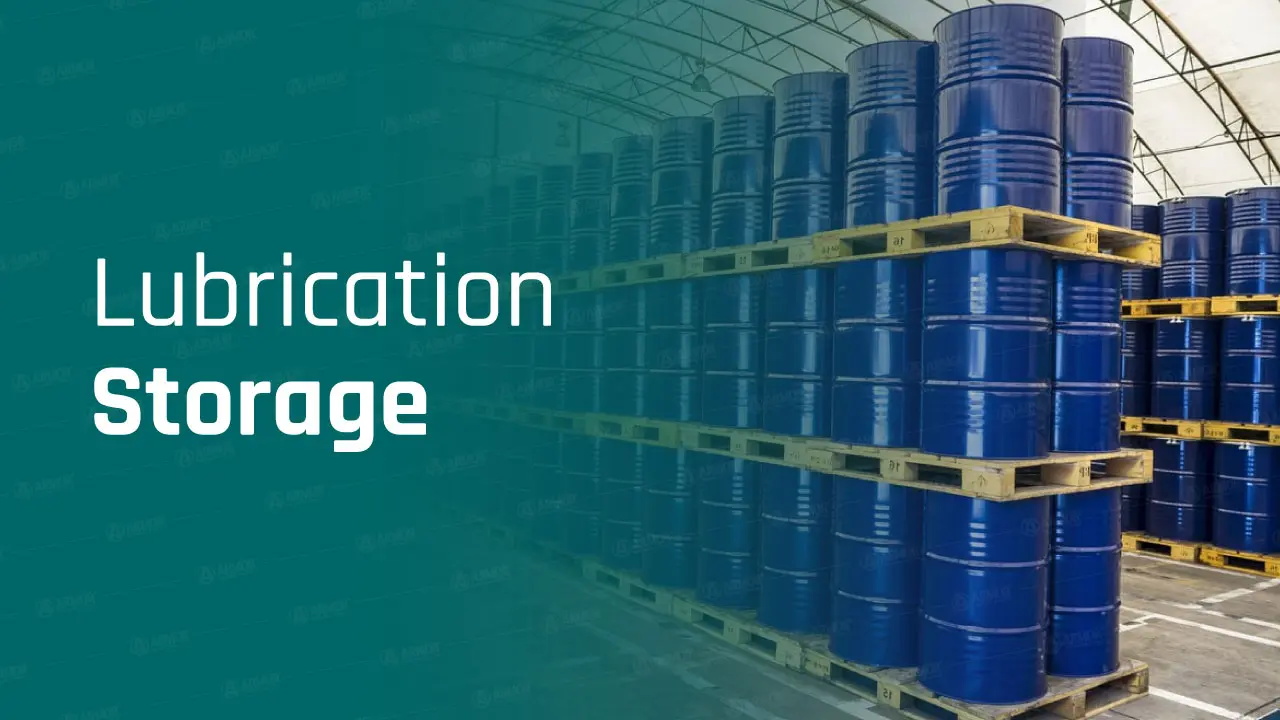- Armor Blog
- Technical
- Machinery Lubricants Storage and Machine Health

How Can Storage Affect Machines?
One of the major threats to machines’ reliability is the contamination of lubricants. These contaminants can be dust, dirt, metal shavings, water droplets or other substances that enter the lubrication system and cause friction, abrasion, corrosion or erosion of the machine components.
According to a multi-industry study published by the National Research Council of Canada, particle contamination was responsible for 82 percent of the failures related to wear in machines.
Machinery lubricants can lose their effectiveness over time due to various factors. Moisture, dust, heat, sunlight, and oxygen can all degrade or contaminate lubricants, making them less slippery, more viscous, or more prone to oxidation and corrosion.
Contamination can occur due to wrong storage practices, such as exposing lubricants to moisture, dust, dirt, or extreme temperatures. It can also occur due to the wrong environment, such as using lubricants in areas with high humidity, corrosive substances, or abrasive particles. Therefore, how you store lubricants and the environment play a major part of contamination.
Warehouse Temperature Effect on Machinery Lubricants
A big challenge to lubricant storage and handling is preventing moisture contamination. Moisture can enter the lubricant container when it “breathes” due to changes in temperature. This can cause the lubricant to become cloudy or hazy, and reduce its performance and longevity.
Moisture can also cause corrosion, wear, and failure of lubricated components. Therefore, it is important to use proper headspace breathers and filtration equipment to control moisture contamination in lubricants.
One of the properties of lubricants is their ability to “breathe” when there are changes in temperature. They can expand or contract depending on the heat level, which affects their viscosity and performance. Machinery lubricants that breathe well can adapt to different operating conditions and maintain their effectiveness. As they expand or contract, the air flows along with moisture or dust leading to contamination of the lubricants.
One way to reduce the contamination of lubricants by breathing is to use filters that can trap dust, moisture and other particles from the air. Filters should be checked and replaced regularly to ensure their effectiveness.
Another way to reduce the contamination of lubricants by breathing is to maintain a fixed temperature in the system. This can prevent condensation and evaporation of the lubricants, which can alter their viscosity and quality.
Cross Contamination
Lubricants can be contaminated when one of them is mixed with a different lubricant. This can happen accidentally or intentionally, and it can have negative consequences for the performance and lifespan of the machinery. Contamination can alter the viscosity, stability, compatibility, and additives of the lubricants, leading to increased friction, corrosion, oxidation, and wear.
Therefore, it is important to avoid mixing different lubricants and to use the appropriate type and amount of lubricant for each application.
One possible way to prevent cross contamination is to use separate pump for each lubricant. This can reduce or prevent any contact with other lubricants, thus preserving the properties and extend their lifespans.
Contamination of Opened Containers
To prevent contamination of opened containers of lubricants during storage, you can follow these best practices:
- Store the containers in a clean, dry and cool place away from direct sunlight, heat sources and moisture
- Use dedicated tools and equipment for dispensing lubricants and avoid mixing different types or grades of lubricants
- Seal the containers tightly after each use and label them clearly with the date of opening and the remaining quantity
- Dispose of any unused or expired lubricants according to the manufacturer’s instructions and local regulations
- Monitor the condition and quality of the lubricants regularly and check for any signs of contamination such as discoloration, cloudiness, sediment or odor




 Spear lubricants
Spear lubricants Armada lubricant
Armada lubricant Ace lubricants
Ace lubricants Perfect lubricants
Perfect lubricants Enzo lubricants
Enzo lubricants Lawrence lubricants
Lawrence lubricants Dubai lubricants
Dubai lubricants